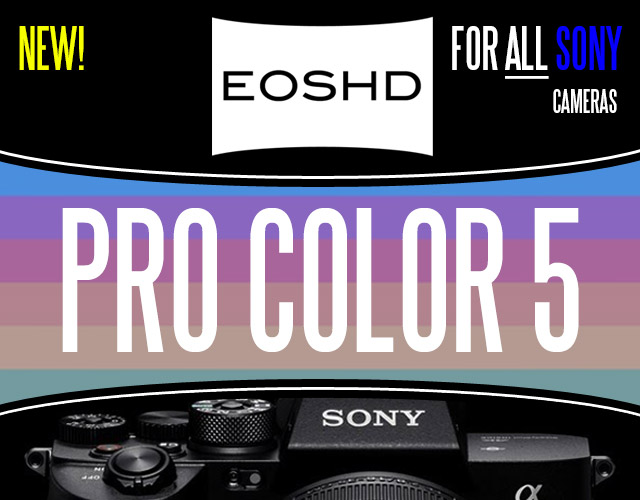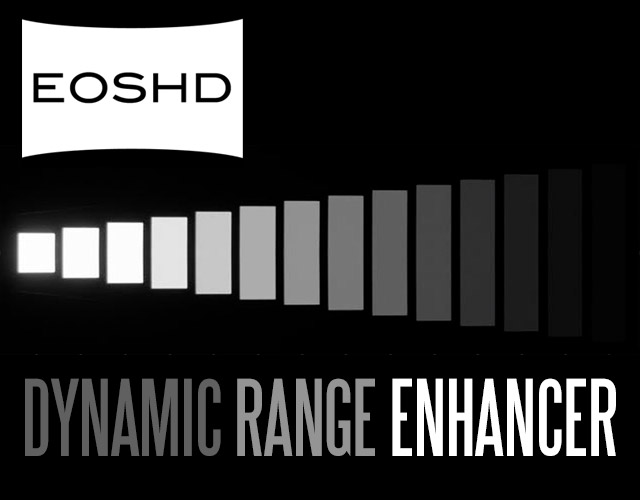Any one know anthing about this lens? Animorphic zoom
-
Similar Content
-
- 17 replies
- 3,348 views
-
- 1 reply
- 1,985 views
-
- 0 replies
- 1,666 views
-
- 17 replies
- 8,787 views
-
LOMO 35NAP2-3M and Rathenover Optische Werke Rectimascop
By migssotto,
- Lomo
- Rectimascop
- (and 2 more)
- 3 replies
- 2,053 views
-







Recommended Posts
Join the conversation
You can post now and register later. If you have an account, sign in now to post with your account.
Note: Your post will require moderator approval before it will be visible.